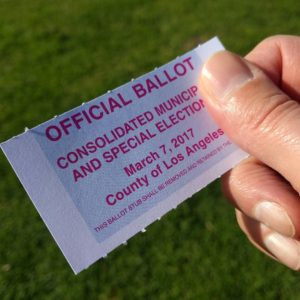Californians: If you can vote this November, don’t sit this one out.
We have a governor to choose. We have representatives to select. And we need to shut down the 3-Californias plan hard. It’s a terrible, outlandish, unpopular idea…but in a midterm election (low turnout already) with the specter of voter suppression? Don’t rely on it being too outlandish to pass. No one expected Brexit to happen. No one expected Trump to even be nominated, never mind win the election. Outlandish doesn’t mean impossible.
So check your voter registration status. Make sure it hasn’t been cancelled or otherwise lost, because that does happen.
Breaking up California’s economic and electoral power isn’t going to help California much. And if you think the water situation is bad now, wait until everything’s split across three states, one of which doesn’t touch the Sierras or the Colorado…

